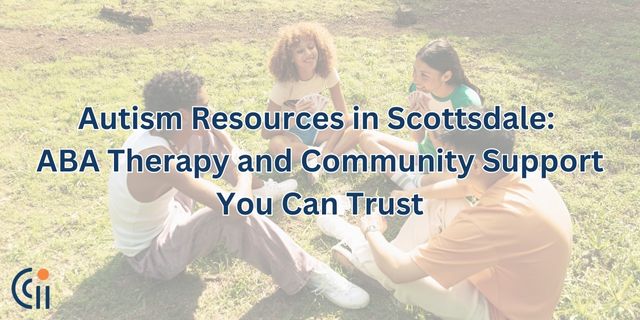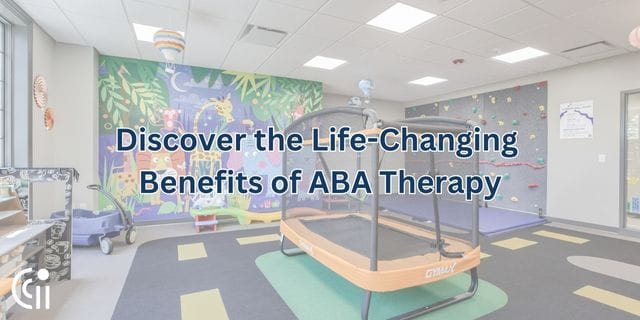Precision teaching is a powerful method for helping children with autism and other learning needs measurably develop essential skills. When combined with ABA therapy, it can support significant progress by focusing on fluency and individualized learning goals. In this post, we’ll explain precision teaching, its goals, and how it complements ABA therapy.
What Is Precision Teaching?
Precision teaching is a method for improving specific skills by tracking progress over time. It uses charts to measure how quickly and accurately a skill is performed. This allows therapists or educators to see what’s working and adjust teaching methods as needed.
For example, if a child is learning to recognize letters, precision teaching might track how many letters they identify correctly in one minute. Over time, the goal is for the child to identify more letters with fewer mistakes.
Goals of Precision Teaching
The main goal of precision teaching is to build fluency. Fluency means being able to perform a skill quickly and accurately. This helps children use skills in real-life situations without extra effort.
For instance, if children learn to tie their shoes fluently, they can do it easily every day without needing reminders or extra help.
Other goals include:
- Identifying learning barriers.
- Celebrating progress with precise, measurable data.
- Helping children gain confidence in their abilities.
How Precision Teaching Supports ABA Therapy
Precision teaching works hand-in-hand with ABA therapy to help children achieve their goals. Here’s how they complement each other:
- Data-Driven Decisions: Both methods use data to guide teaching. ABA therapy tracks behavior using data, while precision teaching focuses on skill mastery.
- Individualized Plans: ABA therapy creates personalized plans for each child. Precision teaching fits perfectly into these plans by providing detailed measurements of progress.
- Positive Reinforcement: Both methods use positive reinforcement to encourage learning. When a child reaches a new milestone, they’re celebrated, which motivates them to keep going.
For example, if ABA therapy focuses on teaching a child to wash their hands, precision teaching might track how many steps they complete correctly in one minute. Over time, the child builds confidence and independence in this skill.
Benefits of Using Precision Teaching
Combining precision teaching with autism therapy offers several benefits:
- Faster Skill Development: Tracking progress helps therapists or educators quickly identify what’s working and what needs adjustment.
- Clear Goals: Precision teaching sets specific, measurable goals, making progress easy to see.
- Long-Term Success: Fluency in skills helps children use what they’ve learned in everyday life.
How to Start ABA Therapy
Work with experienced professionals to discover how precision teaching can enhance ABA therapy. The process typically involves:
- Initial Assessment: A professional assesses the child’s current skills and areas for growth.
- Goal Setting: Specific, measurable goals are established for the child’s learning.
- Implementation: Precision teaching is incorporated into the ABA therapy plan, tracking progress and adjusting methods as needed.
Why Precision Teaching Matters
Precision teaching provides a clear, effective way to help children achieve fluency in essential skills. Focusing on measurable progress and celebrating success builds confidence and supports long-term development. When paired with ABA therapy, it creates a powerful combination for helping children reach their potential.
Contact a qualified provider to learn more about precision teaching and its role in ABA therapy.


